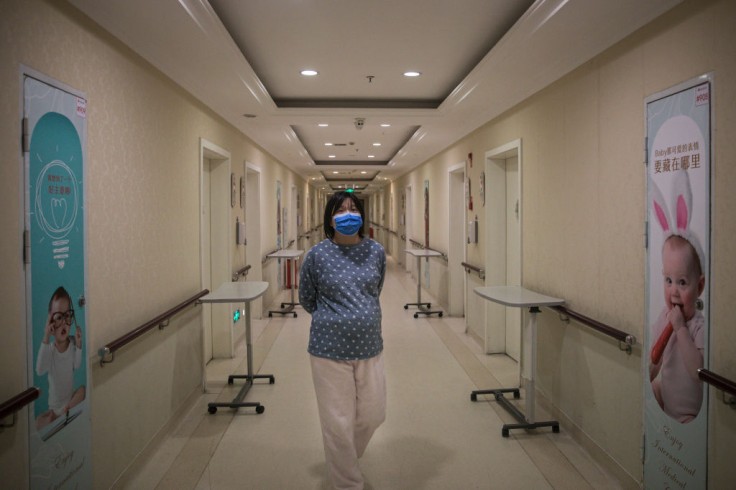
Doctors congratulated a woman for finally giving birth after 13 miscarriages and a systemic lupus erythematosus (SLE) in 2017. The doctors had advised her to stop trying to have a child, but she defied them, continued getting pregnant, and finally successfully gave birth to her baby.
The Mirror reports that the determined woman gave birth via caesarian section to a premature baby and was released from the hospital on March 25, three days after delivery.
Defying SLE odds
The woman, identified by her surname Liu, is 32 years old from Xinzhou, in Wuhan, China. She got married in 2010 and became pregnant each year. However, she always had miscarriages in the early stages of her pregnancy.
In 2017, doctors diagnosed her with SLE and told her that it probably was the reason for her miscarriages. Despite the doctor's advice to stop trying to get pregnant, she pursued her pregnancy plans.
After 12 years of getting pregnant and 13 miscarriages, the doctors noticed that she started to develop hypothyroidism, a condition in which the thyroid could not produce its hormones.
In August 2021, she learned she was on her 14th pregnancy and gave birth seven months later.
She suffered bleeding and abdominal pain in her fifth month of pregnancy, prompting her to go to the hospital. The doctors provided her with medications to prevent miscarriage and infection. They also prepared a fetal protection treatment plan for her.
She finally gave birth to a premature baby on March 21.
Read Also : Eight-Year-Old Hero Brother Saves Baby Sister From Choking, Claims He Learned It From Nickelodeon
SLE and pregnancy
According to Mayo Clinic, SLE is a chronic disease that happens when the body's immune system attacks tissues and organs. A person with lupus can have inflammation in different body systems such as joints, kidneys, skin, blood cells, brain, heart, and lungs.
It is one of the most common autoimmune disorders in women during childbearing age. Women with SLE are at high risk of spontaneous abortion, intrauterine fetal death, intrauterine growth retardation, preeclampsia, and preterm birth.
Its signs and symptoms can be challenging to diagnose as they often mimic other ailments. One of its tell-tale signs is a facial rash that resembles butterfly wings across both cheeks happens in many cases. However, not all instances of rash development are lupus.
Although pregnant women with SLE are considered "high-risk pregnancies," the Center for Disease Control and Prevention (CDC) said they could safely get pregnant.
However, doctors recommend that pregnancy for women with lupus requires careful planning. SLE should be under remission for six months before getting pregnant. Getting pregnant when lupus is active increases the possibility of miscarriage, stillbirth, and other health risks.
Pregnancy is also particularly risky for women with SLE and who has underlying conditions like heart failure, lung disease, chronic kidney failure, kidney disease, or women with preeclampsia.
CDC also says that babies born to mothers with SLE are healthy. In rare cases, infants are born with neonatal lupus. It is a condition in which an infant may have a skin rash, liver problems, and low levels of blood cells. However, there are available treatments for neonatal lupus, even during pregnancy.
Related Article: Parents with Disabilities: Debunking Stereotypes and Stigmas